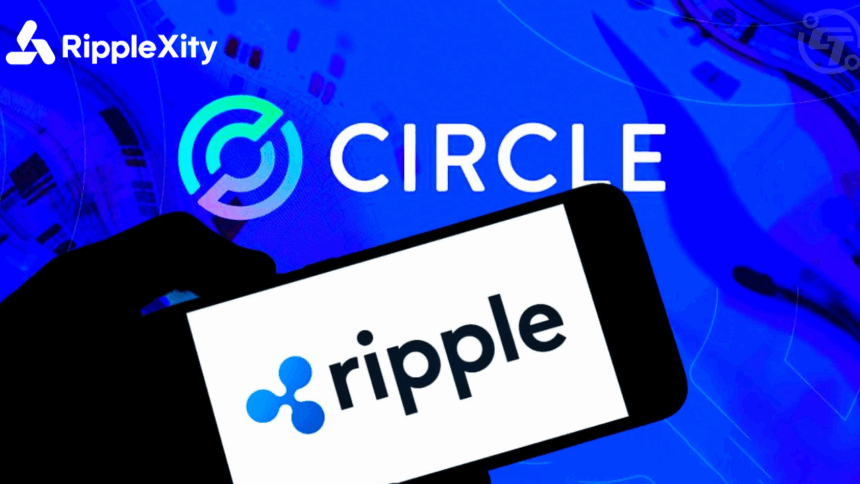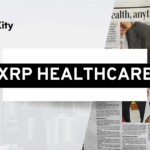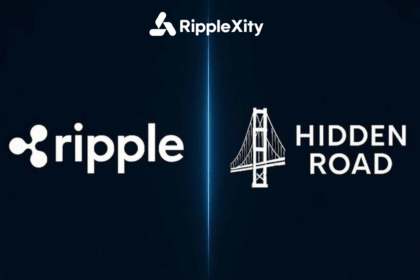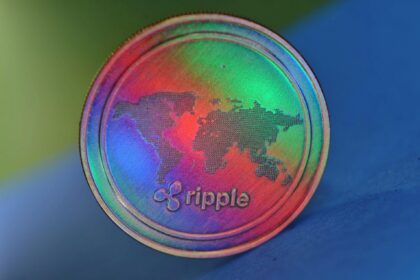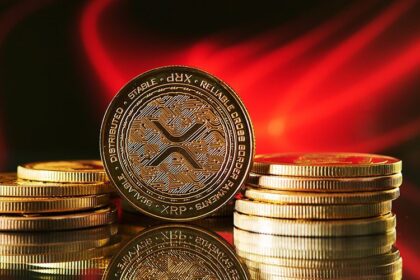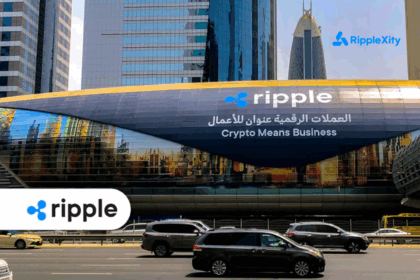Yes, you read that right—Ripple made a $5 billion bid for Circle, one of the biggest names in the stablecoin world. But this wasn’t your run-of-the-mill acquisition headline. It marked a strategic power move in the rapidly evolving digital dollar race.
Ripple, the company behind XRP, has been pursuing something much bigger.
In late 2024, it rolled out its own stablecoin—RLUSD, now holding a market cap of around $316.9 million. It’s a respectable start, but when compared to Circle’s USDC, which dominates with a $61.7 billion market cap, Ripple knew it needed more than growth. It needed scale—and fast.
But this wasn’t just about growing its footprint. It was about accelerating its stablecoin ambitions.
The offer came on the heels of Ripple’s $1.25 billion acquisition of Hidden Road, a prime brokerage platform that hinted at its intentions to build a bridge between crypto and traditional finance. Acquiring Circle would have granted Ripple an immediate stake in the heart of the global stablecoin economy.
Why Circle Might Have Considered the Offer
From Circle’s side, a $5 billion cash injection was no small proposition. Such capital could have turbocharged its R&D efforts, expanded its global partnerships, and accelerated its international reach—particularly in underdeveloped markets where infrastructure is still catching up.
There was also strong synergy potential. Ripple brings deep regulatory experience and an established blockchain network. Circle has operational expertise at scale and a well-oiled stablecoin engine. Together, they could’ve built cutting-edge financial tools—from tokenized payment rails to hybrid DeFi/TradFi solutions.
Geographically, Ripple’s global presence—with 90% of its business outside the U.S.—offered another compelling advantage. That reach could have helped USDC expand into underserved regions, accelerating stablecoin adoption where it’s just beginning to take hold.
Why Circle Walked Away
Despite the potential upside, Circle declined—a decision likely rooted in three key factors: valuation, vision, and regulation.
- Valuation
With USDC commanding a $61.7 billion market cap and Circle preparing for an IPO, Ripple’s $5 billion offer may have seemed more opportunistic than strategic. Circle is not looking for an exit, but rather gearing up to go public. - Vision
Circle and Ripple may be in the same space, but they don’t share the same mission. Merging with a direct competitor could risk compromising Circle’s core vision of building an open, transparent, and inclusive financial system. - Regulatory Risk
A merger of two major crypto players would certainly attract intense regulatory scrutiny—especially in an era when governments are still defining digital asset rules. The result? Potential legal delays, operational risks, and increased oversight.
What This Means for the Future of Stablecoins
Circle’s rejection wasn’t just about dollars—it was about direction. It signals confidence in its independent path, one that’s laser-focused on making USDC the global benchmark for compliant, transparent, dollar-backed stablecoins.
As Circle moves closer to its IPO, it’s doubling down on reputation, regulation, and infrastructure.
Ripple, on the other hand, isn’t likely to slow down. RLUSD may still be young, but Ripple is playing a long game—building infrastructure, acquiring capabilities, and weaving blockchain into the fabric of global finance.
Whether through more acquisitions, institutional partnerships, or policy-driven influence, Ripple clearly intends to reshape how money moves across borders.
A Moment Bigger Than Ripple or Circle
This isn’t just about two companies. It’s a signal of maturity for the entire stablecoin ecosystem. The line between traditional finance and blockchain innovation is blurring—and strategic decisions like these will shape the next decade of finance.
For those leading in fintech and global payments, the key takeaway is clear: owning market share isn’t enough. What matters is trust, interoperability, and ecosystem strength.
Circle believes it can build a better future independently. Ripple believes it can buy or build its way there—faster.
The stablecoin race is intensifying. And the real winners? They’ll be the ones who combine bold innovation with regulatory resilience and global adaptability.




